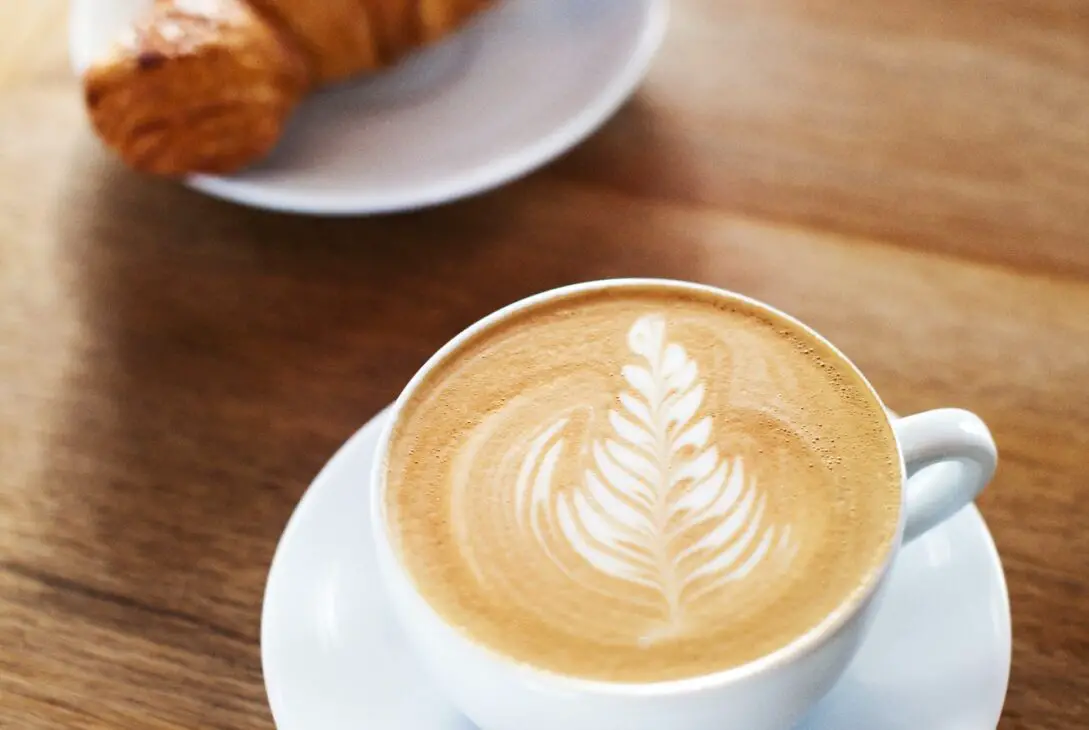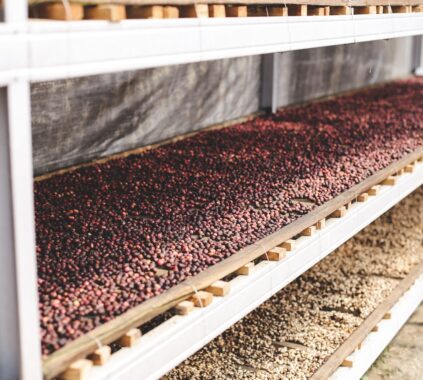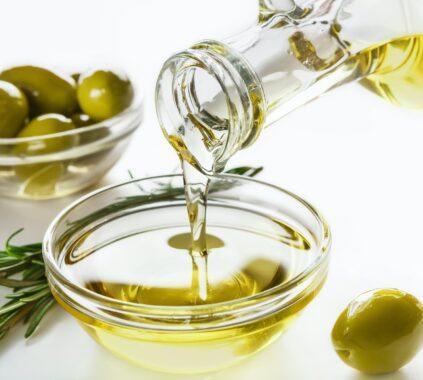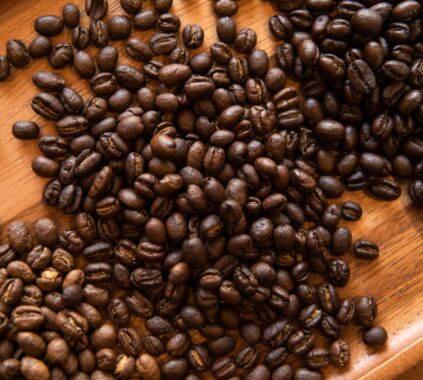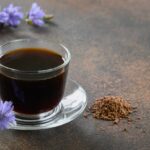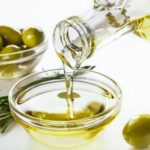Gather ’round, coffee lovers, for today we’re embarking on a thrilling adventure into the world of caffeinated beverages. In this epic showdown, we’ll explore the battle between two titans of the coffee world: Café Latte and Cappuccino. Prepare your taste buds, and let the showdown begin!
Table of Contents
Café Latte vs Cappuccino
The Café Latte and Cappuccino have long been at the forefront of coffee culture. These delightful, frothy concoctions have fueled countless mornings and late-night study sessions. But have you ever stopped to wonder what sets them apart? Why does one coffee enthusiast swear by their Café Latte, while another wouldn’t dream of starting their day without a Cappuccino? Let’s dive into the steamy history and delicious details of these coffee powerhouses.
The Origins
Café Latte
The Café Latte hails from the land of pasta, pizza, and picturesque landscapes – Italy. Its name translates to “milk coffee,” and its rich, milky goodness has been warming the hearts of Italians since the 17th century.

Cappuccino
Not to be outdone, the Cappuccino also boasts Italian origins. Its name is inspired by the Capuchin friars, whose brown robes resemble the beverage’s frothy hue. Legend has it that these friars were the first to blend coffee and milk in such a heavenly way.
The Ingredients
Café Latte
A Café Latte consists of two primary ingredients: espresso and steamed milk. The usual ratio is one part espresso to three parts milk, creating a harmonious blend that’s rich in flavor yet still smooth on the palate.
Cappuccino
The Cappuccino, on the other hand, is a tantalizing trifecta of espresso, steamed milk, and frothy milk foam. The ideal ratio is one-third espresso, one-third steamed milk, and one-third foam, resulting in a well-balanced symphony of flavors and textures.
The Preparation
Café Latte
To prepare a Café Latte, a skilled barista pulls a shot of espresso and pours it into a cup. They then steam the milk to a velvety texture before gently pouring it over the espresso, creating a beautiful blend.
Cappuccino
Crafting a Cappuccino is a delicate dance of precision and artistry. After pulling a shot of espresso, the barista steams milk to create both a creamy texture and a layer of frothy foam. They then pour the milk over the espresso, allowing the foam to rise to the top, creating the iconic three-layered masterpiece we all know and love.

Check out our article on Espresso!
The Taste
Café Latte
A Café Latte is like a warm, comforting hug in a cup. Its smooth and milky consistency mellows out the boldness of the espresso, resulting in a harmonious and indulgent flavor that can be enjoyed any time of day.
Cappuccino
On the flip side, the Cappuccino is like a peppy cheerleader, ready to kick-start your day with a burst of energy. The combination of espresso, milk, and foam creates a more robust flavor profile, allowing the espresso’s richness to shine through while still maintaining a velvety mouthfeel.
The Texture
Café Latte
The Café Latte’s texture is silky and luxurious, thanks to the generous amount of steamed milk. It feels like a warm, cozy blanket enveloping your tongue, providing a soothing experience with every sip.
Cappuccino
With its trifecta of layers, the Cappuccino boasts a more complex texture. The bottom layer of espresso provides a bold foundation, while the middle layer of steamed milk adds creaminess. The crowning glory, the layer of frothy foam, adds a light and airy contrast that delights the senses.
The Visual Appeal
Café Latte
The Café Latte is an elegant and understated beauty. Its rich, creamy hue is often adorned with mesmerizing latte art, transforming your morning cup of joe into an Instagram-worthy masterpiece.
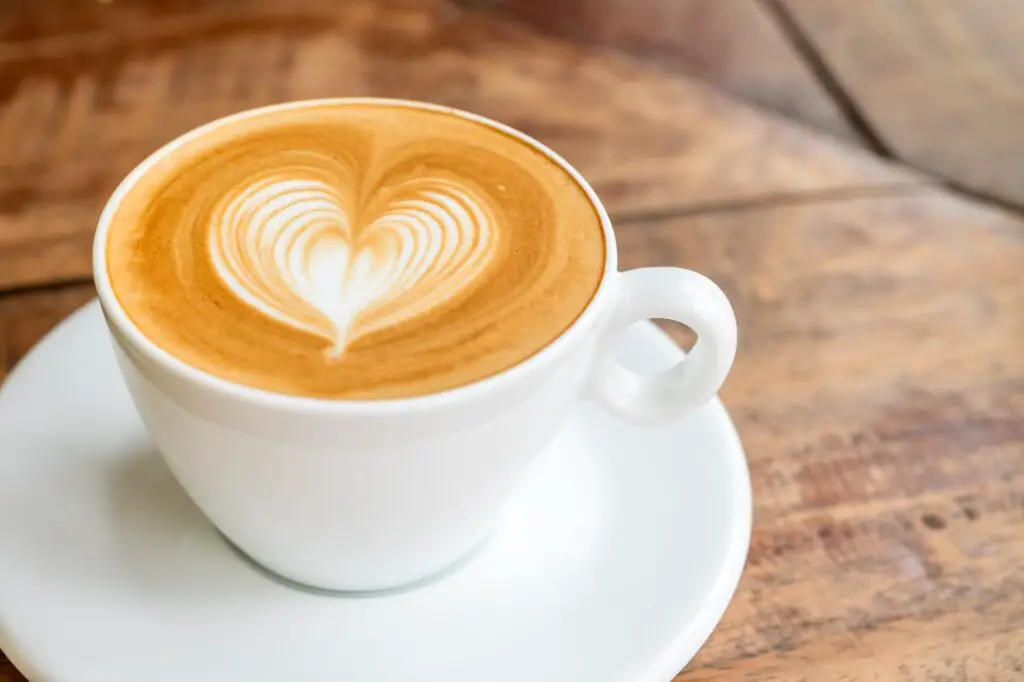
Cappuccino
The Cappuccino is a true showstopper, with its three distinct layers providing a visual feast for the eyes. The contrast between the dark espresso, velvety milk, and ethereal foam create an enchanting spectacle that’s almost too pretty to drink.
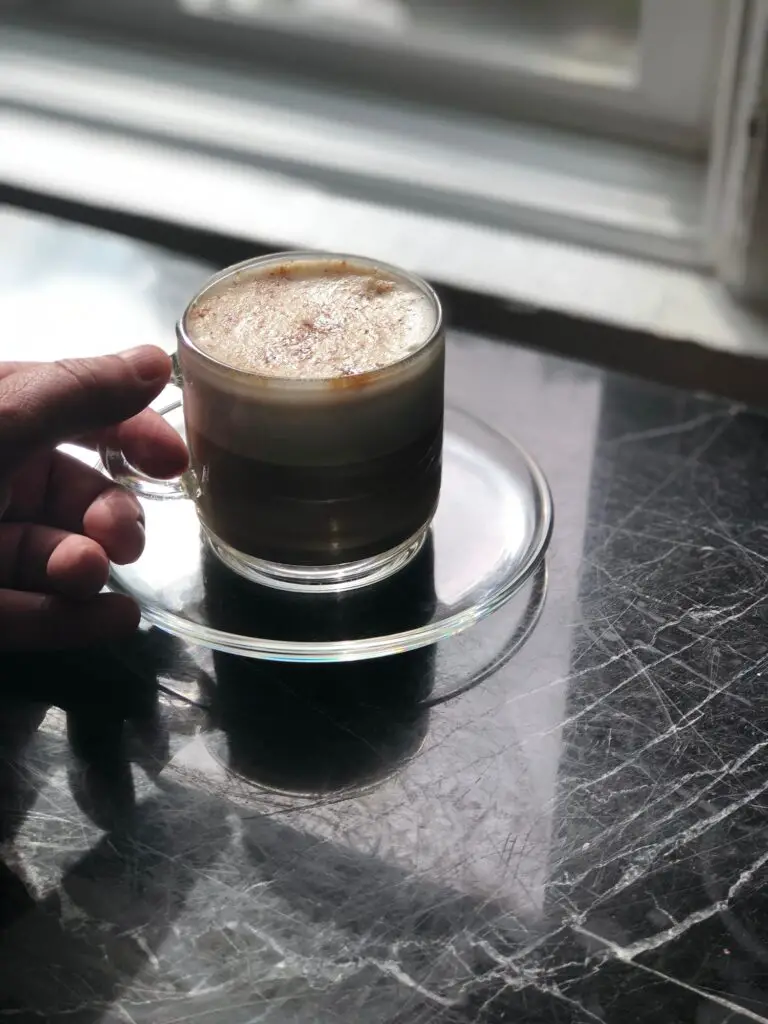
Caffeine Content
When it comes to getting your daily caffeine fix, both the Café Latte and Cappuccino pack a powerful punch. As both beverages use a shot of espresso as their base, their caffeine content is virtually identical, providing that much-needed energy boost to kick-start your day.
Caloric Comparison
As a general rule, the Café Latte tends to be slightly higher in calories due to its higher milk content. However, the difference is minimal and can be easily adjusted by using low-fat or alternative milk options. So go ahead, enjoy your caffeinated treat without any guilt!
Popular Variations
Café Latte
From seasonal favorites like Pumpkin Spice Lattes to the classic Vanilla Latte, there are endless ways to customize and jazz up your Café Latte experience.
Cappuccino
Not to be outdone, the Cappuccino can also be enhanced with flavor shots, spices, or even a dusting of cocoa powder. The possibilities are limited only by your imagination and taste buds!
Ideal Pairings
Café Latte
The creamy and smooth nature of a Café Latte pairs perfectly with sweet treats like pastries, muffins, or a slice of your favorite coffee cake.
Cappuccino
The bolder, more robust flavor of a Cappuccino can hold its own against savory breakfast options like quiche, breakfast sandwiches, or a decadent croissant. Its frothy texture also complements the crispiness of biscotti or other crunchy cookies.
Customizing Your Drink
Whether you’re a Café Latte lover or a Cappuccino connoisseur, both beverages can be easily customized to suit your personal preferences. Adjust the milk-to-espresso ratio, experiment with different types of milk, or add a dash of flavor to create your own unique coffee experience.
Barista Battles: Latte Art vs. Cappuccino Foam Art
In the world of coffee craftsmanship, the art of the pour is a competitive sport. With Café Lattes, skilled baristas create intricate designs using the steamed milk, while Cappuccino champions sculpt masterpieces from the delicate foam. Regardless of your allegiance, one thing is certain: coffee is not only delicious but also an art form.
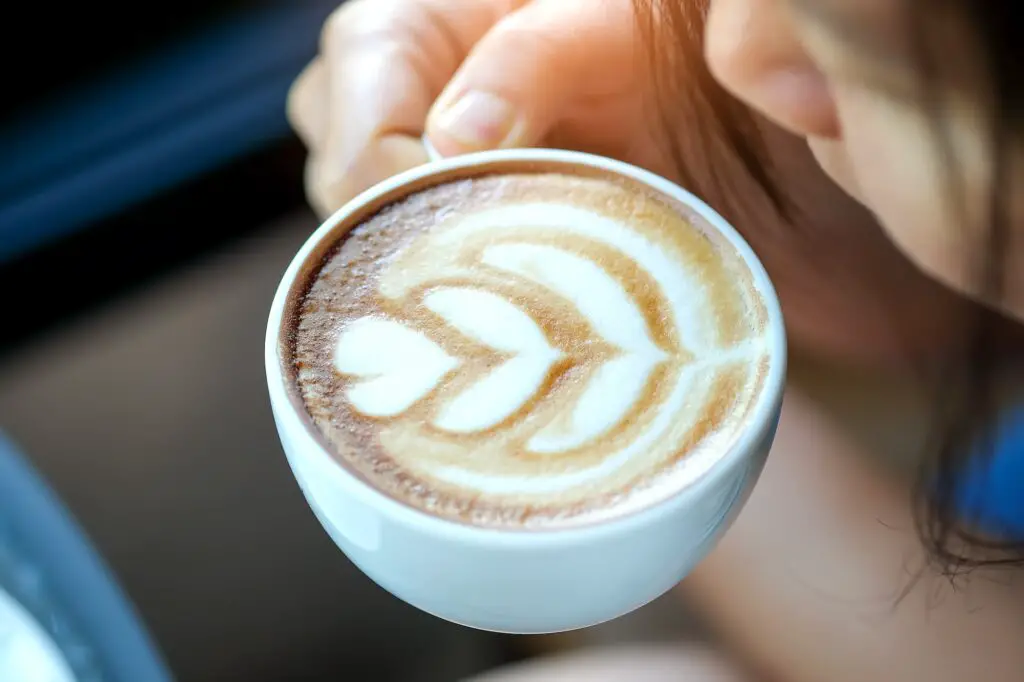
Making Your Decision
At the end of the day, choosing between a Café Latte and a Cappuccino comes down to personal preference. If you’re after a creamy, comforting beverage, the Café Latte might be your perfect match. But if you crave a bolder, more complex flavor with a touch of frothy foam, the Cappuccino could be your caffeinated soulmate.
Which One Wins?
In the great battle of Café Latte vs Cappuccino, there’s no clear winner. Both beverages have their unique charms and appeal to different tastes. So why not give both a try and let your taste buds decide? After all, variety is the spice of life – and the same goes for coffee!
FAQs
Q1: Can I make a Café Latte or Cappuccino at home?
A: Absolutely! With a little practice and the right equipment, you can create your own Café Latte or Cappuccino at home. All you need is an espresso machine, a milk frother, and your favorite coffee beans.
Q2: What’s the difference between a flat white and a Café Latte?
A: The main difference between a flat white and a Café Latte lies in the milk-to-espresso ratio. A flat white typically has a higher espresso content and less milk, resulting in a stronger, more intense flavor.
Q3: Can I use alternative milk options in my Café Latte or Cappuccino?
A: Yes, you can use alternative milk options like almond milk, soy milk, or oat milk in your Café Latte or Cappuccino. Just keep in mind that the texture and frothiness might be slightly different compared to using regular dairy milk.
Q4: How can I make my Cappuccino foam art more impressive?
A: Practice makes perfect! Experiment with different pouring techniques, milk frothing methods, and even using a toothpick or a spoon to create more intricate designs.
Q5: What should I order if I’m new to coffee and unsure which one I’d prefer?
A: If you’re new to coffee, a Café Latte might be a good starting point due to its creamier, milder flavor. However, don’t be afraid to try a Cappuccino as well – you might just discover a new favorite!
Daily Demitasse is a participant in the Amazon Services LLC Associates Program, an affiliate advertising program designed to provide a means for sites to earn advertising fees by advertising and linking to Amazon.com. We also participate in other affiliate programs which compensate us for referring traffic.


